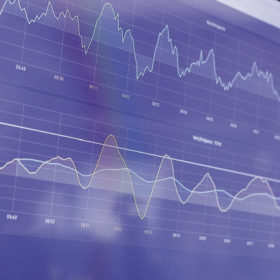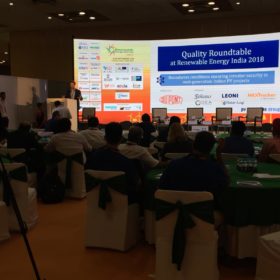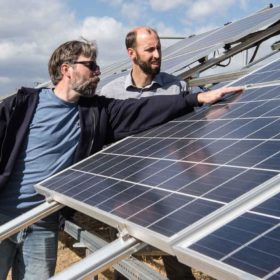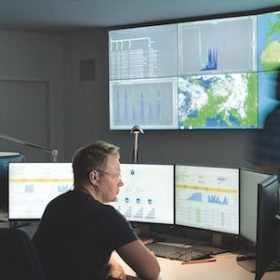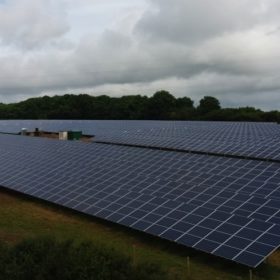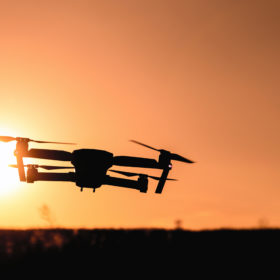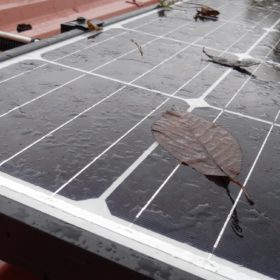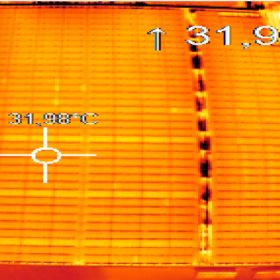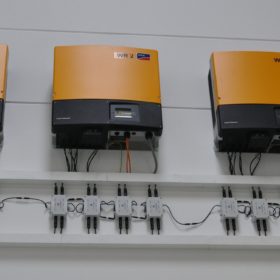Canadian researchers have done the math on optimizing PV output
Mathematicians at Canada’s University of Waterloo who turned their attention to solar power have developed an algorithm they say offers better control over PV plant output. The researchers estimate the algorithm could improve the output of a 100 MW power plant by almost a million kilowatt-hours per year.
pv magazine Quality Roundtable, REI: Innovation, investment and improving PV installs
pv magazine’s Quality Roundtable at the 2018 Renewable Energy India (REI) Expo, took place in front of a packed audience. It discussed current problem areas in the India solar industry; how solar developers and solution providers can improve the quality of PV installations; and innovative financial instruments to reduce the cost of debt and scale up infrastructure investment.
Ingeteam secures 555 MW Mexican order
Spanish inverter maker Ingeteam has reported a massive order to supply Mexican projects, which it claims will increase its O&M services to cover 55% of the countries solar PV installations. Supply contracts are mostly related to central inverters, although string devices, as well as LV/MV transformers, MV cells, and LV switchgear are also included in the deals.
NREL develops open source tool to monitor PV plant performance & degradation
The U.S. National Renewable Energy Laboratory (NREL) has launched a new software package, developed alongside SunPower and kWh Analytics, which it says will improve the accuracy and reliability of PV plant performance data, and improve the industry’s understanding of degradation.
Enovos acquires Skytron O&M business & control room
With its latest acquisition, Germany-based Enovos now manages large-scale PV systems amounting to around 600 MW in Germany. Financial details of the transaction have not been disclosed.
Troubleshooting efforts in PV plants: follow up Q&A from the recent pv magazine webinar
Troubleshooting in solar plants requires not only trying to find a diagnosis of why the performance ratio is reduced, but also to localize faulty modules. In a recent pv magazine webinar, experts discussed four troubleshooting cases and explored whether module-resolved monitoring would help reduce the effort, and thereby decrease LCOE.
DNV GL: AI will make renewables more efficient
A paper published by consultancy DNV GL forecasts major growth in the use of artificial intelligence (AI) applications within renewable energy, and outlines the risks and opportunities of such technologies.
What happens when… insulation fails?
Series troubleshooting: Individual insulation failures are often difficult to detect in monitoring. And when such problems are suspected, it is an additional challenge to pinpoint them precisely. In this series of realistic cases, pv magazine aims to make the estimation of troubleshooting efforts more concrete and to stimulate a discussion on today’s troubleshooting efficiency.
What happens when… several module strings fail?
Series troubleshooting: If several module strings fail completely, the result is usually high yield losses. But to identify the strings and correct the failure can sometimes be a challenge. In this series with realistic cases, pv magazine aims to make the estimation of troubleshooting efforts more concrete and to stimulate a discussion on today’s troubleshooting efficiency.
Webinar: A nose for quality
Module monitoring: PV is a stable technology and comparatively coarse methods of performance monitoring are considered sufficient to assure optimal performance. However, approximately 8% of all module defects are not easily detectable.
